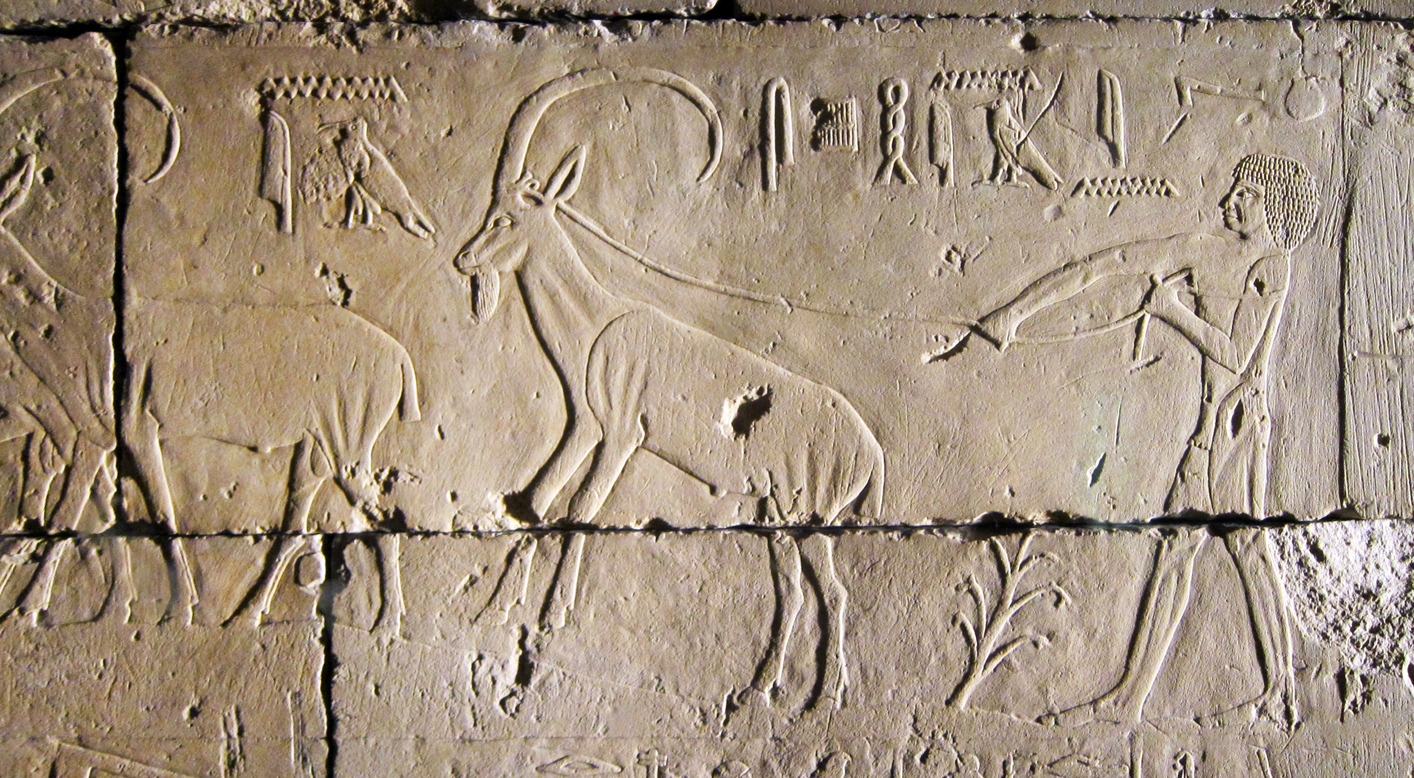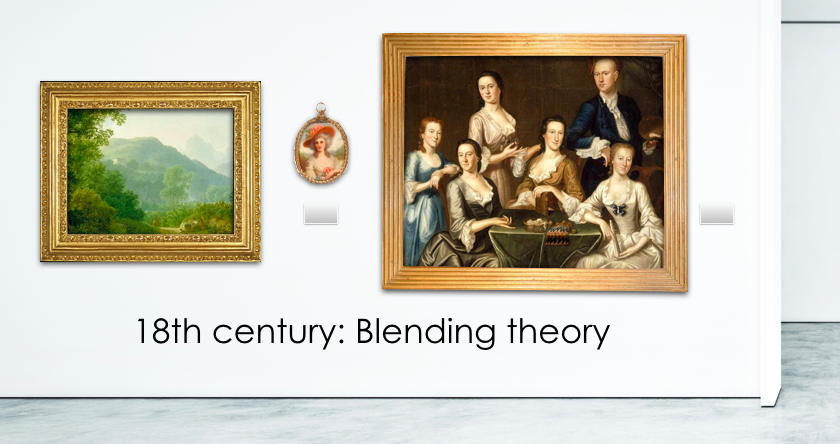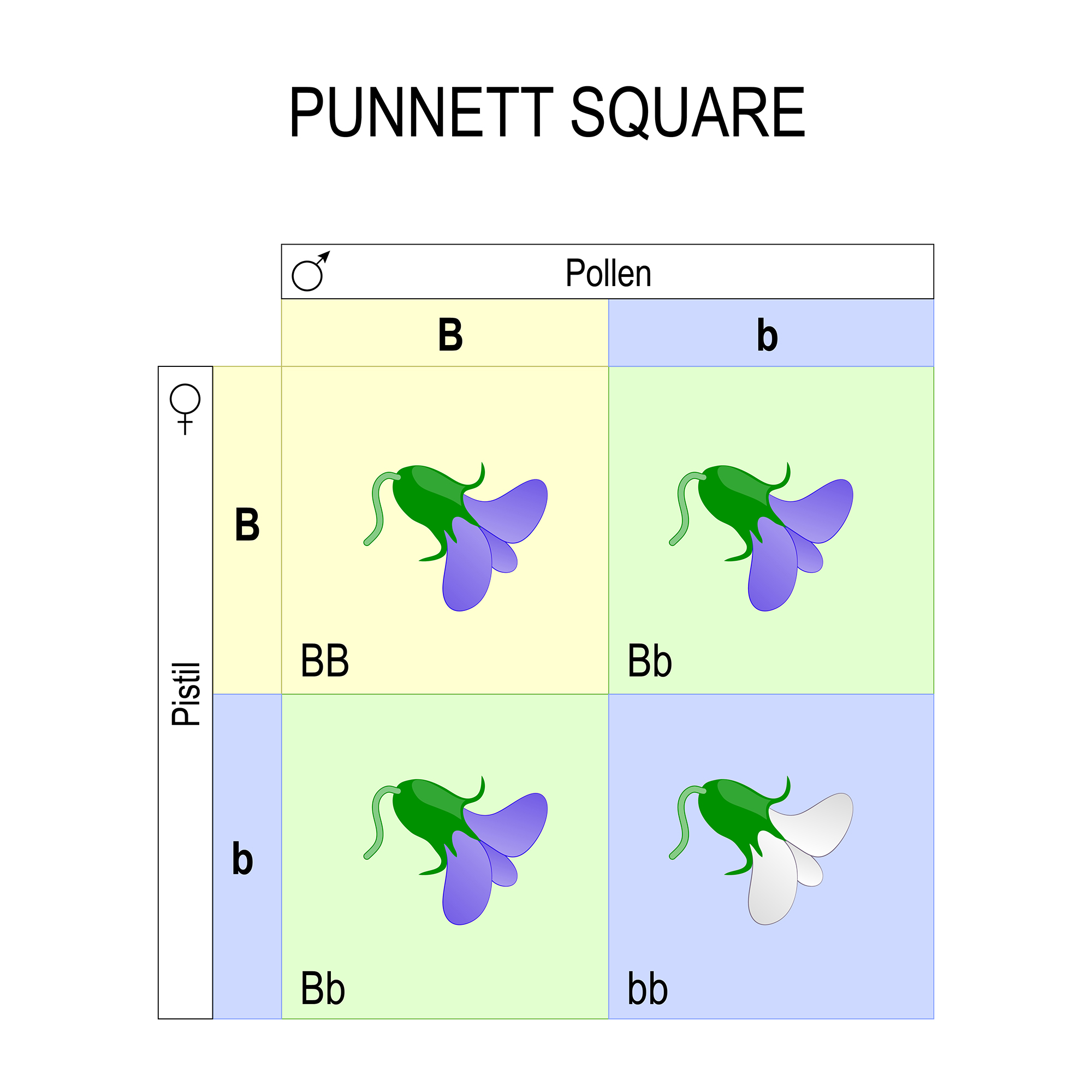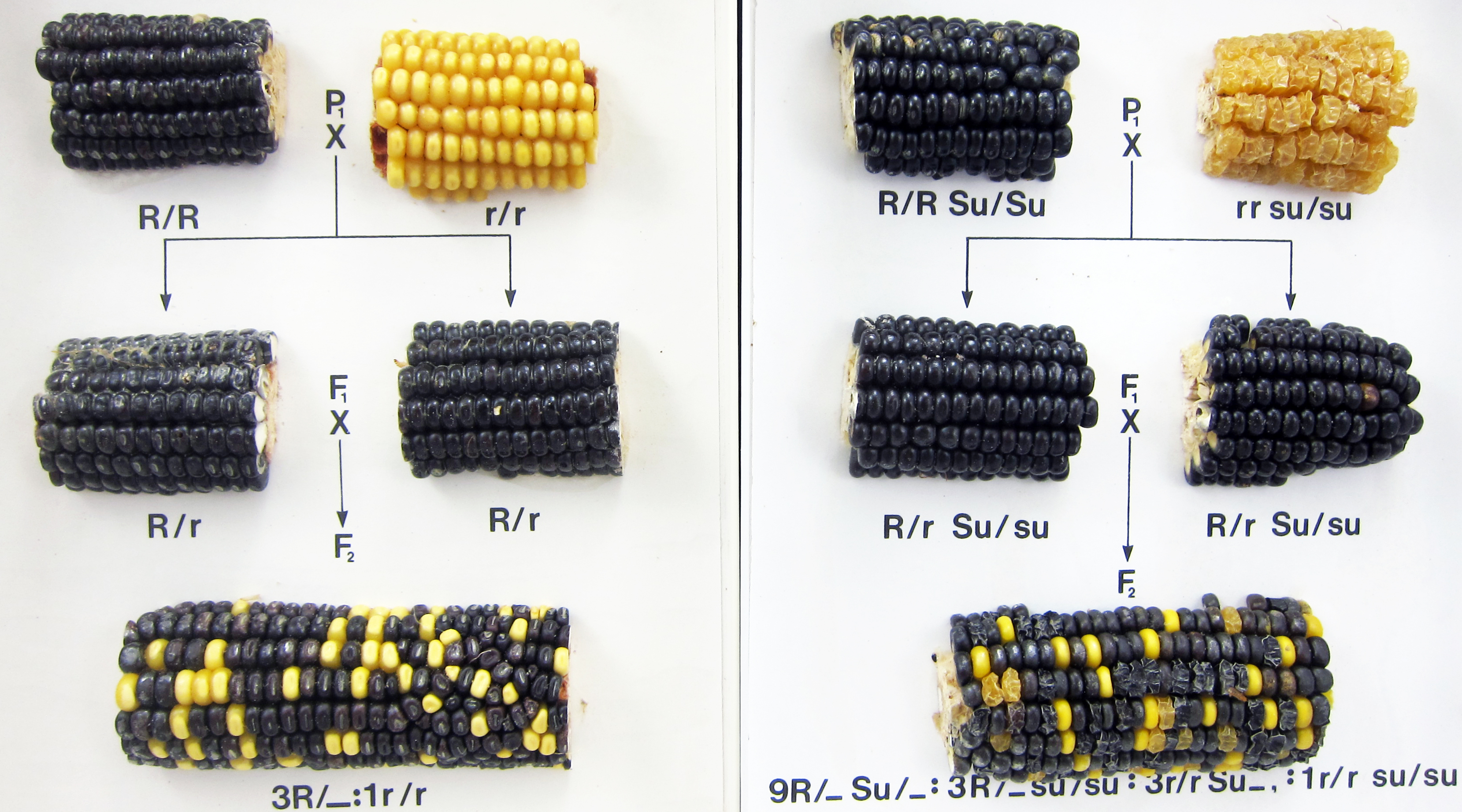Inheritance Traits Passed From One Generation to the Next


Inheritance Outcomes
-
Describe early ideas of inheritance and explain why they were incorrect.
-
Explain what occurs in a monohybrid cross between two corn kernel colors, including the resulting genotypes and phenotypes of the first (F1) and second (F2) generations.
-
Set up a Punnett Square that starts with gamete (sperm and egg) alleles and shows the resulting possible genotypes.
Studies of inheritance, traits passed from parents to offspring, began thousands of years ago.

By the time of Aristotle, approximately 2400 years ago, inheritance was seen as a mixing of fluids, called collectively the \”bloods.\” During animal reproduction, fluids were often exchanged, and without microscopes, there was no way of knowing that there were cells in the fluids.
To this day the word \”blood\” is often associated with inheritance; like \”royal bloodlines\” or \”pure-blooded\” horse breeds.

The presence of microscopes did not mean the structures involved in inheritance were clear. By the seventeenth century people could see cells in reproductive fluids, but the low-resolution views were miss-interpreted. Ovists thought they saw tiny humans wrapped within the cells; Spermists thought tiny humans were wrapped within sperm.

Even when microscopes improved and it was clear small humans were not wrapped within eggs or sperm, misconceptions persisted. One prevalent idea that emerged was that the egg and sperm \”blended\” together, kind of squishing together to make am offspring that had all of the traits of both parents.
That probably feels wrong; we often hear of traits that are in grandparents, skip the parents, and re-appear in the grandchildren. But it took Mendel\’s work in the nineteenth century to accurately describe inheritance and well into the twentieth century to start providing an accurate explanation.
Many of the early interpretations of data were flawed; impacted by incomplete data and logical errors that resulted in incorrect inferences. There may have been many people in agriculture who had more accurate understandings of inheritance, like traits clearly not a blend of the parents, but the body of shared scientific knowledge was lacking key information prior to Mendel\’s work being \”discovered.\”
In the following video, Mark demonstrates a corn cross that has been observed in agriculture for over a century. Counting the colors and developing a ratio is a method we attribute to Mendel and his pea plant experiments.

Once you know the alleles present in sperm and eggs, it is possible to predict the approximate ratio of genotypes and phenotypes in the offspring.
Punnett squares are a tool for keeping alleles organized as you predict the offspring from generations of crosses.
Mark demonstrates writing a Punnett square.

Check your knowledge. Can you:
-
describe early ideas of inheritance and explain why they were incorrect?
-
explain what occurs in a monohybrid cross between two corn kernel colors, including the resulting genotypes and phenotypes of the first (F1) and second (F2) generations?
-
set up a Punnett Square that starts with gamete (sperm and egg) alleles and shows the resulting possible resulting genotypes?